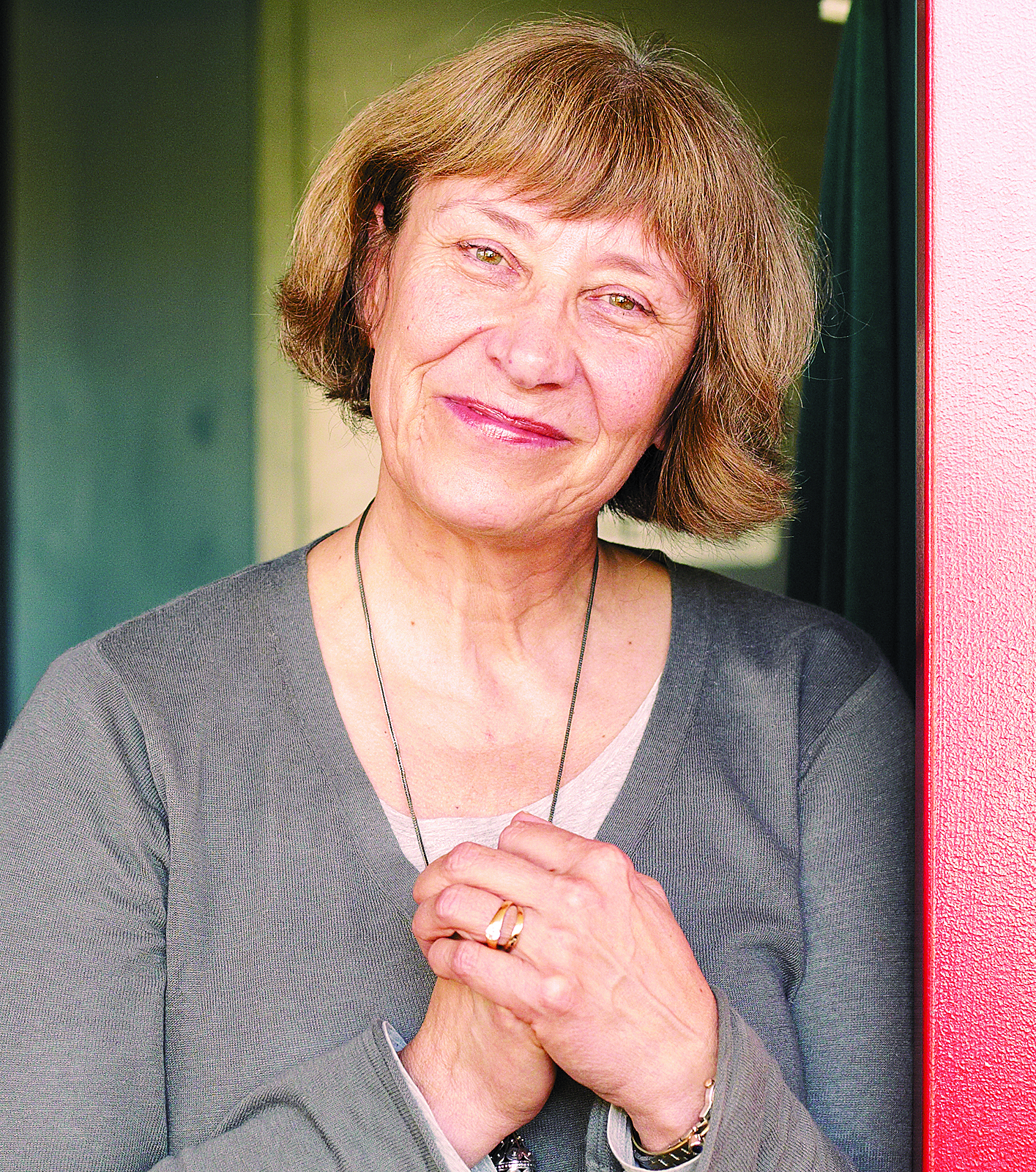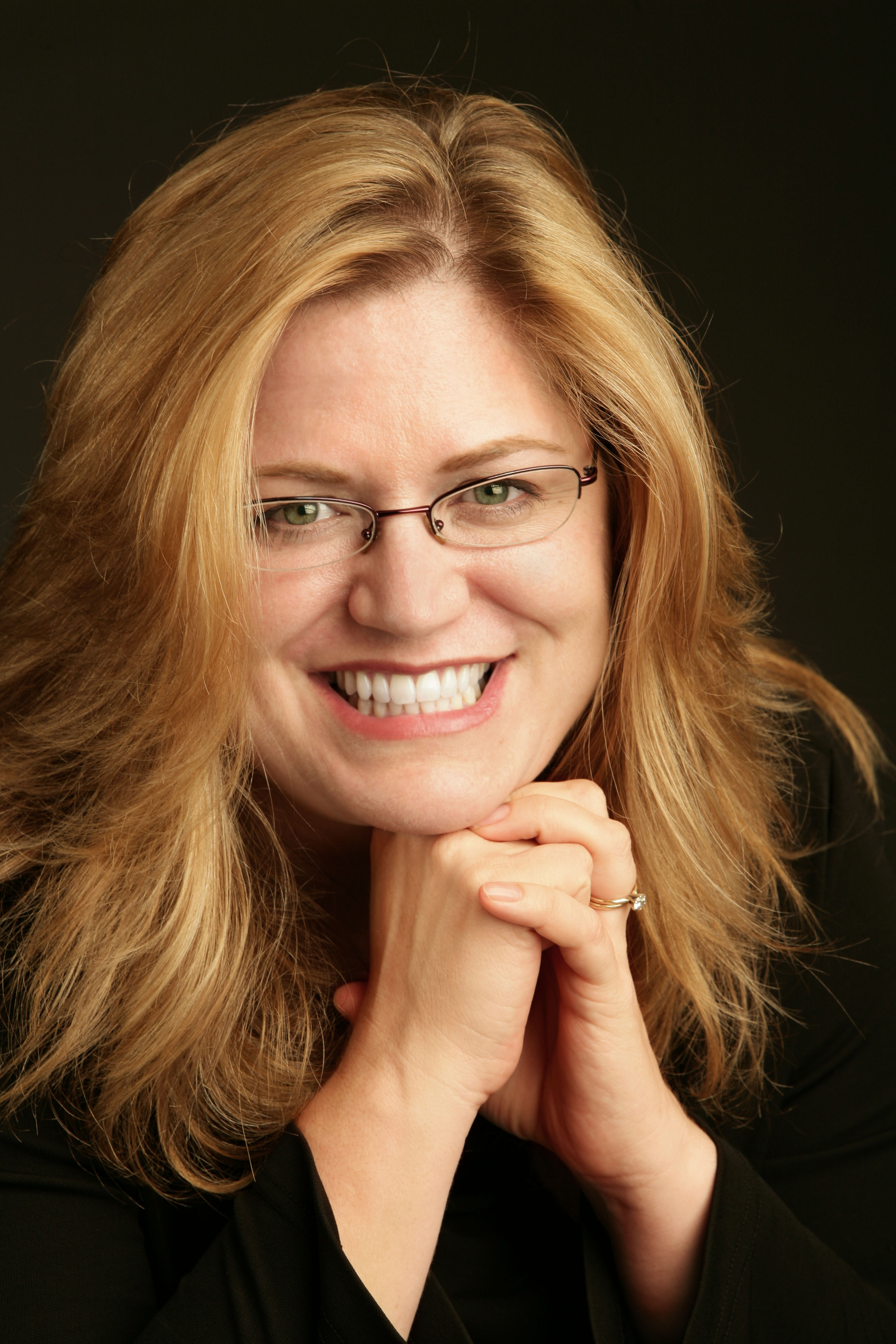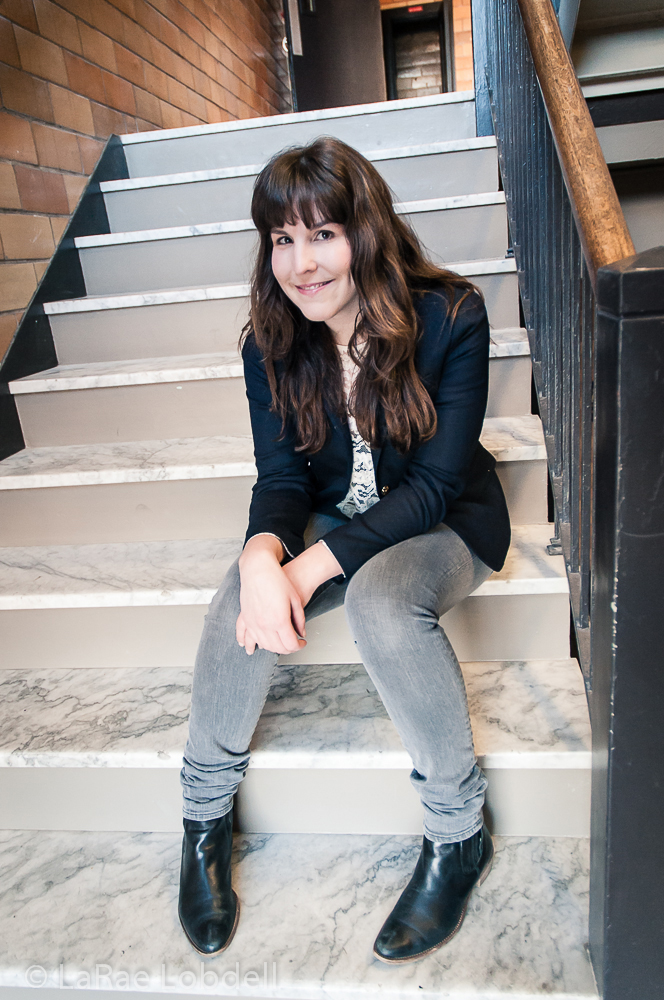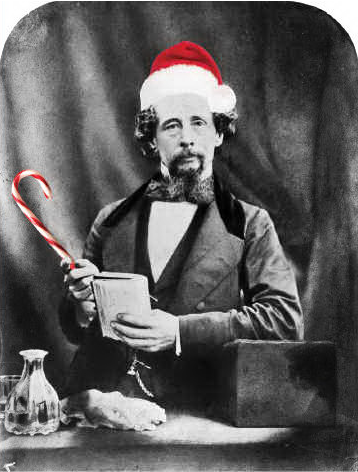Like a lot of 11-year-olds, I was obsessed with ghosts, vampires, zombies, and so forth. Fortunately for me, a couple of friends shared this geeky obsession, and we’d gather in my basement to construct spookhouses, where unwitting victims (aka my family) would be lured into a terrifying gauntlet of imitation cobwebs and spooky sound effects, with the highlight being one or more of us leaping out wearing creepy rubber masks. When our audience boycotted future performances, we decided to scare each other, a plan that ended with one friend locked in the bathroom, yelling out at us from the other side of the door, “You’re not supposed to scare a person that much!”
From Oedipus’ blinding to Banquo’s ghost, theater has always been willing to indulge our love of horror, reaching its culmination with the legendary Grand Guignol, a Parisian company that staged melodramas of rape, murder, and insanity from 1897 to 1962. Audiences were immersed in the gore and violence, not only witnessing the carnage but being assailed by the sound of saws cutting through bone, and literally being sprayed in their seats by gouts of fake blood. Unlike with a horror film, you couldn’t change the channel or pause the action—and you could actually feel, hear, and even smell everything. A particularly insidious touch was that over an evening the Guignol plays were interspersed with comedies, so that audiences scarcely knew if they were going to laugh or scream.
The comedy/horror model is popular, and is the guiding principle of perhaps the most unlikely script ever presented at Seattle Children’s Theater, a stage adaptation of George Romero’s classic 1968 horror film Night of the Living Dead. Directed by SCT’s Linda Hartzell, the play (for kids 13 and up) steers a middle course between humor and fright. For some audience members, even this PG-13 production is a little too terrifying. Actor Mickey Rowe, who plays a zombie, was pulled aside after one show and told that there had been a complaint from an audience member that his shtick of sneaking up for a quick “Boo!” was too much and might lead to a heart attack or fit. “Considering I’m dressed as a Boy Scout, I didn’t think I was really all that scary,” he says, but he agreed to change his approach. “The next show, I leaned over and tapped this guy on the shoulder, so that there was no possibility of scaring him, and then I shouted something like ‘Bugabugaboo!’ It was a total flop. Since then, we’ve changed it back.”
John McKenna of Open Circle, one of the creative crew behind the company’s current H.P. Lovecraft homage Necronomicon—set in the author’s distinctive world of eldritch horrors, insane cultists, and reptilian non-humans—is a connoisseur of fright. He catalogs several favorite stage effects. “Things that can’t quite be seen are at the top of the list. Then you need a good startle in there somewhere. Silence is good. And also sounds you can’t quite make out.” The show, concocted on a budget that he calls “as cheap as possible,” has a few genuinely scary moments—though other elements, such as the tentacles of some becloaked cultists, are more likely to produce a laugh. But the best sort of effect, according to McKenna, is both creepy and at least slightly absurd. He describes a moment in a past adaptation of the Lovecraft short story Cool Air, in which a man whose life has been artificially extended by refrigeration loses his air conditioning and dissolves. This effect had McKenna crouched backstage industriously pumping water through a mask worn by the actor so that he literally seemed to leak. “That worked. People were genuinely shocked by that.”
Since I’ve got a gig tonight, Wednesday, Oct. 29, as one of about a dozen guest zombies in a 21-and-older version of Living Dead, I asked for some advice from Rowe to help make my portrayal convincing. What is a zombie’s motivation—aside from eating brains? “I guess on a deeper level, it’s to get the brains before the other zombies, which is hard because we all walk so slow. A lot of zombie acting comes down, like comedy, to timing. That’s really all you’ve got to work with.” I’ve been practicing my shamble all week, and with all due respect to a professional actor, he doesn’t know just how chilling I can be.







